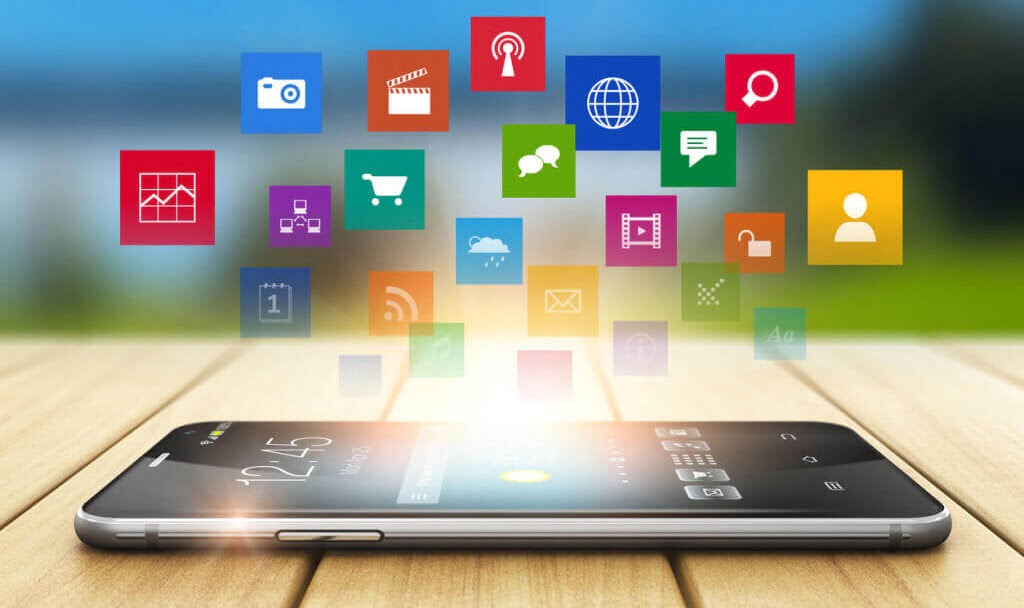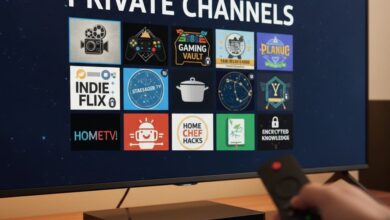10 Best Live Streaming Apps For Android 2025

Want to go live from your Android phone, but not sure which app to pick? In this article, I break down the top live streaming apps for Android, what they offer, their pros and cons, when to choose one over another, and tips to get the best quality stream. Whether you’re a gamer, vlogger, teacher, or event host — I’ve got you covered.
Disclaimer: Apps evolve fast. The features, pricing, or availability I mention may change over time. Always check the latest version and reviews before committing.
Why Live Streaming on Android Matters
Live streaming isn’t just a trend — it’s a powerful way to connect in real time. Maybe you want to broadcast a concert, host a Q&A, stream gameplay, or teach a class. Doing it from your Android gives flexibility: you can stream from anywhere with a decent connection.
But not all live streaming apps are created equal. Some care more about audience reach, others about customization or monetization. Your choice depends on what’s important to you.
Here are a few quick things to think about:
- Audience reach — Does the app connect you to a large platform or community already?
- Monetization — Can you make money via donations, ads, or subscriptions?
- Quality & latency — How smooth is the video, and how long is the delay?
- Features — Overlays, multi-streaming, chat integration, and analytics.
- Ease of use — If the app is too complicated, you’ll waste time troubleshooting.
Okay, with that in mind, let’s look at the top apps.
Top Live Streaming Apps for Android
Here are some of the best live streaming apps you should try. I compare their strong points, weak spots, and use cases.
1. YouTube Live
If you already have a YouTube channel, this is a natural choice. It gives you huge reach, integrates with your videos, and offers monetization via ads, memberships, Super Chat, etc.
Pros
- Massive built-in audience
- Strong analytics and search visibility
- You can archive past streams as videos
- Reliable infrastructure
Cons
- You need to meet certain thresholds to stream (subscriber count, etc.)
- Monetization terms may be strict
- Latency can be higher compared to dedicated streaming apps
- Use it if your goal is to grow a channel or teach a wide public.
2. Twitch
Twitch is built for real-time interaction, especially for gamers, streamers, and niche communities. You can go live from the app, chat with viewers, and build a loyal following. Google Play
Pros
- Strong chat tools and emotes
- Subscriptions, bits, donations for monetization
- Community focused
Cons
- More niche (less reach outside certain audiences)
- Some features are locked behind partner status
If your content fits a particular audience (like gaming, art, or niche talk), Twitch is a solid pick.
3. Streamlabs (Mobile)
Streamlabs gives you more control over the look, layout, overlays, and multi-streaming. The mobile version lets you broadcast to many platforms like Twitch, YouTube, Facebook, etc. Google Play
Pros
- Multi-platform streaming
- Custom overlays, alert boxes, branding
- Great for creators wanting polish
Cons
- Some advanced features require a paid subscription
- More settings = steeper learning curve
If you want to push quality and flexibility, Streamlabs is a great tool in your kit.
4. Facebook Live
It’s straightforward: stream from your profile, group, or page. Great if your audience is already on Facebook.
Pros
- Easy to start with no extra tools
- Direct engagement with followers
- Good for local events, announcements
Cons
- Not ideal for long, high-quality streams
- Limited customization
- Videos don’t always get strong “search” reach
Use it when your target audience is already on Facebook.
5. Instagram Live
Built for mobile creators. You can go live instantly, invite guests, answer questions, etc.
Pros
- Very mobile-oriented
- High engagement — your followers get notified
- Simple interface
Cons
- Fewer advanced controls
- Streams vanish after 24 hours (unless saved)
- Not suited for long or high-res streams
Great for casual live sessions, chats, behind the scenes, etc.
6. LinkedIn Live
Better for business, professional talks, webinars, and industry content. It’s more niche but effective in its field.
Pros
- Professional audience
- Good for career content, workshops
- Recorded streams stay on your profile
Cons
- Restricted access (you often need approval)
- Not many creative or flashy options
Use it if your content is business, career, or industry-related.
7. Additional Platforms & Tools
- Tango Live — social live broadcasting with chat and real-time interaction. Wikipedia
- Vimeo / Dacast / IBM Cloud Video — more professional, often for enterprises or paid events. contus.com
- Restream / StreamYard — not always native Android apps, but web/mobile hybrid tools that help you stream to multiple platforms at once.
- Wirecast Go — useful for more professional production, though it’s more suited for blending mobile and desktop setups. Dacast
How to Choose the Right App for You
With all these options, how do you decide? Here’s a quick checklist:
| Your need | Pick this | Why |
|---|---|---|
| Reach a broad audience | YouTube Live | Best general platform with exposureReal-time |
| e chat & interactivity | Twitch | Strong community and tools |
| Multi-streaming + customization | Streamlabs / Restream | You can go to multiple platforms and manage overlays |
| Professional content/webinars | LinkedIn Live, Vimeo | Better for business audiences |
| Casual mobile vibe | Instagram Live, Facebook Live | Very accessible |
| Monetization | Twitch, YouTube, Streamlabs | They offer donation/subscription support |
| Simple setup | Facebook Live, Instagram Live | Minimal configuration |
Also, keep in mind:
- Internet connection — streaming in 1080p or more needs solid upload bandwidth.
- Hardware — phone performance, battery, and cooling matter.
- Legal & monetization rules — each platform has its own policies.
- Longevity — growing on one platform is easier if you pick one you can stick with.
Tips to Improve Your Live Streams
Once you’ve picked an app, here are things that make a big difference:
- Use wired or strong WiFi if possible: Mobile data can fluctuate.
- Limit background apps: Free up memory and CPU so your stream doesn’t lag.
- Test before you go live: Do a short private run to check audio, video, and overlays.
- Interact quickly: Respond to chat fast — viewers feel more tied in.
- Optimize lighting & audio: Even a cheap ring light and external mic help a lot.
- Keep bitrates reasonable: Higher isn’t always better — balance quality and stability.
- Use overlays wisely: Too many visuals distract. Keep branding clean.
- Archive & repurpose: Save your streams, chop them into highlights, and share later.
FAQ (Frequently Asked Questions)
Q: Can I stream to multiple platforms at once from Android?
Yes — with apps like Streamlabs, Restream, or platforms that support multistreaming. They let you broadcast to YouTube, Twitch, Facebook, etc., at the same time.
Q: Does live streaming cost money?
It depends. The apps themselves are usually free (basic versions), but you might pay for extra features, higher quality, or to remove limits. Also, the data and hardware costs.
Q: How much upload speed do I need?
For decent 720, you might need at least 3-5 Mbps upload. For 1080p or higher, 8-10 Mbps or more is safer. Always leave overhead for audio, overlays, etc.
Q: Can I monetize live streams from Android?
Yes, on many platforms. Twitch gives bits and subscriptions. YouTube gives Super Chat, memberships, and ads. Some apps let tipping, paid access, etc.
Q: Will my stream be saved automatically?
Often yes, but it depends on the platform. YouTube, Twitch, and LinkedIn usually archive streams. Instagram often deletes after 24 hours unless you save it.
Q: What’s latency, and does it matter?
Latency is the delay between what you say/do and what viewers see. Lower is better for real-time interactivity. Some apps offer “low latency mode.”
Conclusion
There’s no one “best” live streaming app for Android — just the one that fits your style, goals, and audience. If you want a wide reach, YouTube Live is hard to beat. If you want community and high interaction, Twitch or Streamlabs might be your best bet. For casual or social streams, Instagram or Facebook works easily.
Pick an app you can grow with, invest in decent lighting and audio, test your setup, and above all — engage with your viewers. Over time,e, you’ll find your rhythm and your streaming will feel more natural.



